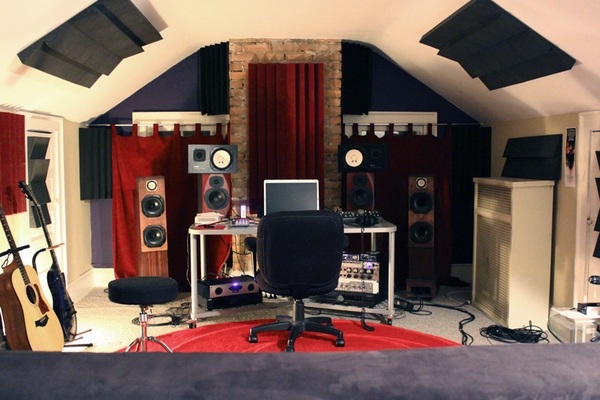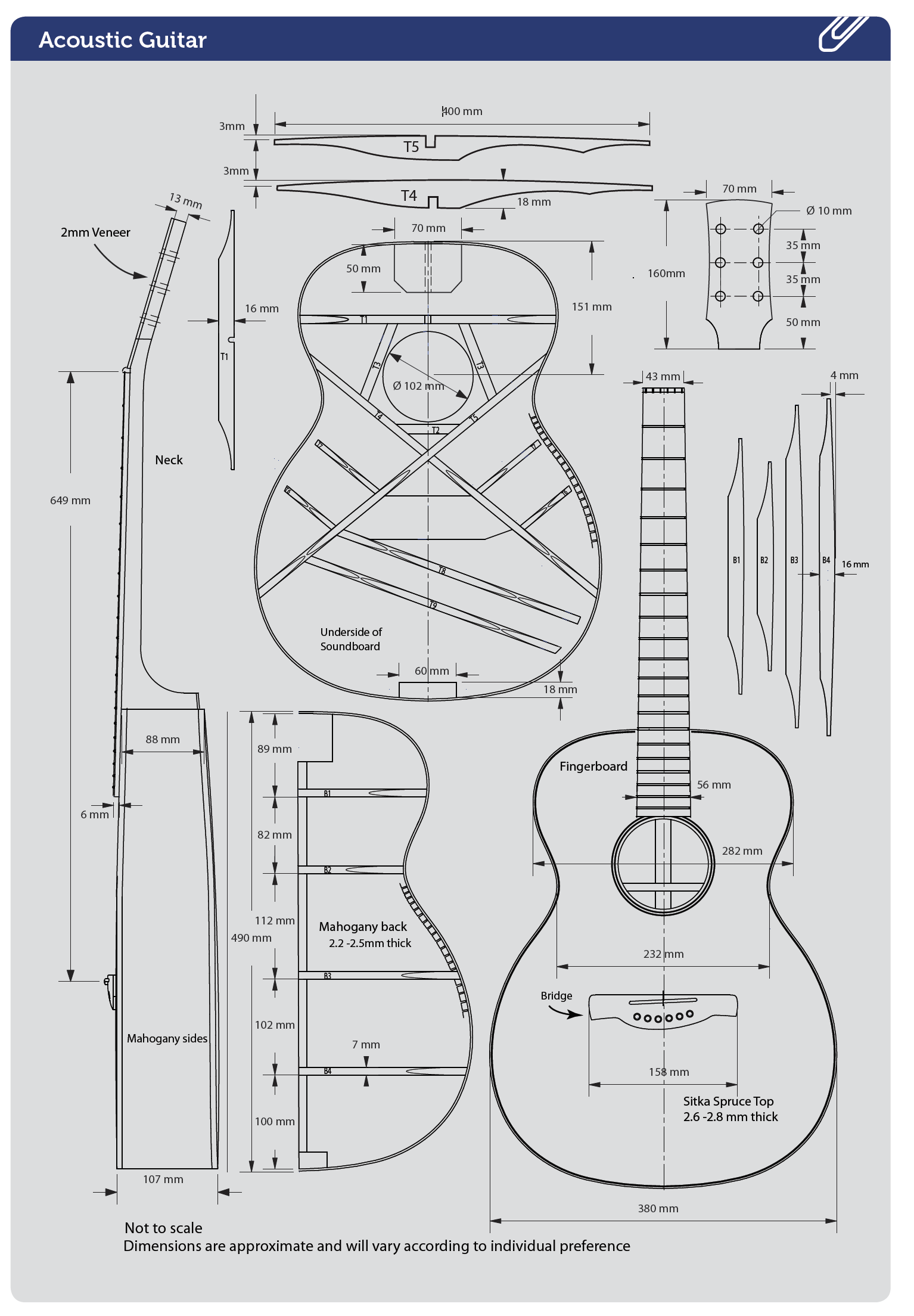
In addition, 'Orthotropic Mesh' was used in the modeling of wood material which has different physical properties in different directions.
#BUILD SOUNDPROOF GUITAR SHED SOFTWARE#
In this process, ANSYS software was used together with the 'Acoustic ACT' plug-in to ensure that the air in the body is also included in the model. Experimental modal analysis data were used in the development and validation of the model, and, an oud was produced step by step during the modeling. Therefore, in this study, a vibro-acoustic finite element model of the oud instrument was developed and theoretical modal analysis was performed.

Because these instruments are made of natural materials such as wood which have varying physical properties, they have a large number of design variations, and, they are highly influenced by external factors such as humidity and heat. However, only experimental modal analysis techniques are not sufficient for string instruments. ABSTRACT In the production process of a stringed instrument, the use of modal analysis techniques is important for the selection of the materials and determining the design properties, in order to obtain the desired sound character. Sonuç olarak, elde edilen teorik ve deneysel bulgular karşılaştırmalı olarak verilmiştir. Ayrıca farklı doğrultularda farklı fiziksel özellikler gösteren ağaç malzemenin modellenmesinde 'Ortotropik Ağ Yapısı' kullanılmıştır. Bu süreçte ANSYS yazılımı 'Acoustic ACT' eklentisiyle birlikte kullanılarak, gövde içindeki havanın da modele dahil edilmesi sağlanmıştır.

Modelin oluşturulması ve doğrulanmasında deneysel modal analiz verilerinden faydalanılmış, modelleme süresince aşamalı olarak bir ud üretilmiştir. Bu nedenle çalışmada, ud çalgısının vibro-akustik bir sonlu elemanlar modeli oluşturularak, teorik modal analiz yapılması hedeflenmiştir. Çünkü bu çalgılar, ağaç gibi fiziksel özellikleri değişkenlik gösteren doğal malzemelerden yapılmakta, çok sayıda tasarım çeşitliliği göstermekte ve nem, ısı gibi dış etkenlerden oldukça fazla etkilenmektedirler. Fakat, telli çalgılar ele alındığında, sadece deneysel modal analiz tekniklerinin kullanımının yeterli olmadığı görülmektedir. The novel aspects of this research consist of comparative analysis of the dynamic response of guitar plates in different stages of processing, the contribution of each added component to the acoustic and vibrational behavior of the guitar being highlighted.īir telli çalgının üretiminde, istenilen ses karakterinin elde edilmesi için gereken malzemelerin seçimi ve tasarım özelliklerinin belirlenmesinde, modal analiz tekniklerinin kullanımı önem arz etmektedir. The results consist of vibration patterns with nodes and antinodes for each applied frequency, Fourier spectrum, the harmonic overtone components in accordance with geometry complexity and wood species. Four types of structures (corresponding to four stages of guitar construction) were analyzed, starting from the wooden top plate without stiffening bars, then adding seven radial stiffening bars onto the structure, then the guitar’s main body (including the stiffening bars) was considered, and, in the end, the whole body of the classical guitar (unfinished, without bridge, saddle, nut and strings) was analyzed.


The aim of this paper is to present a comparative study on dynamic behavior of guitar wooden plates in different stages of guitar manufacturing, focusing on how the dynamic response of wooden plates changes with the addition of components and the increase in mass, going from the simple wooden plate to the whole guitar body. Numerous studies are dedicated to the dynamics of the guitar, the challenge of interdisciplinary researchers being to find a better approach to the design and construction of the classical guitar in correlation with the development of mathematical models of dynamic and acoustic behavior.


 0 kommentar(er)
0 kommentar(er)
